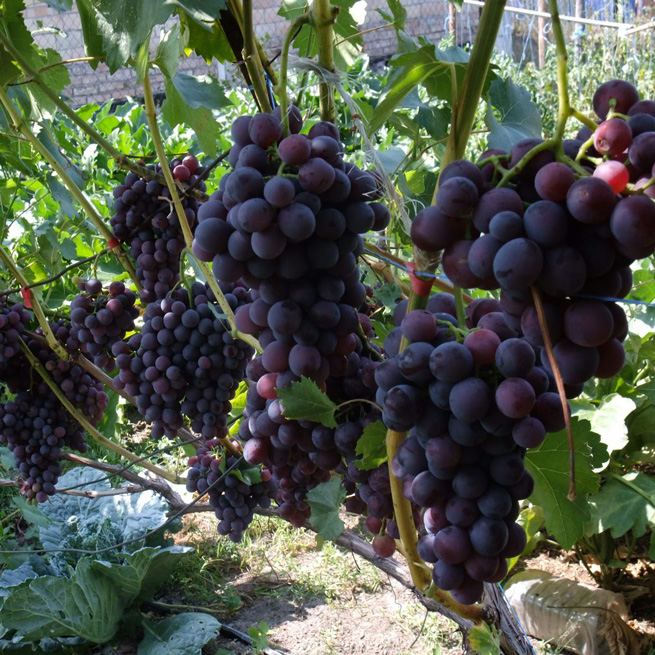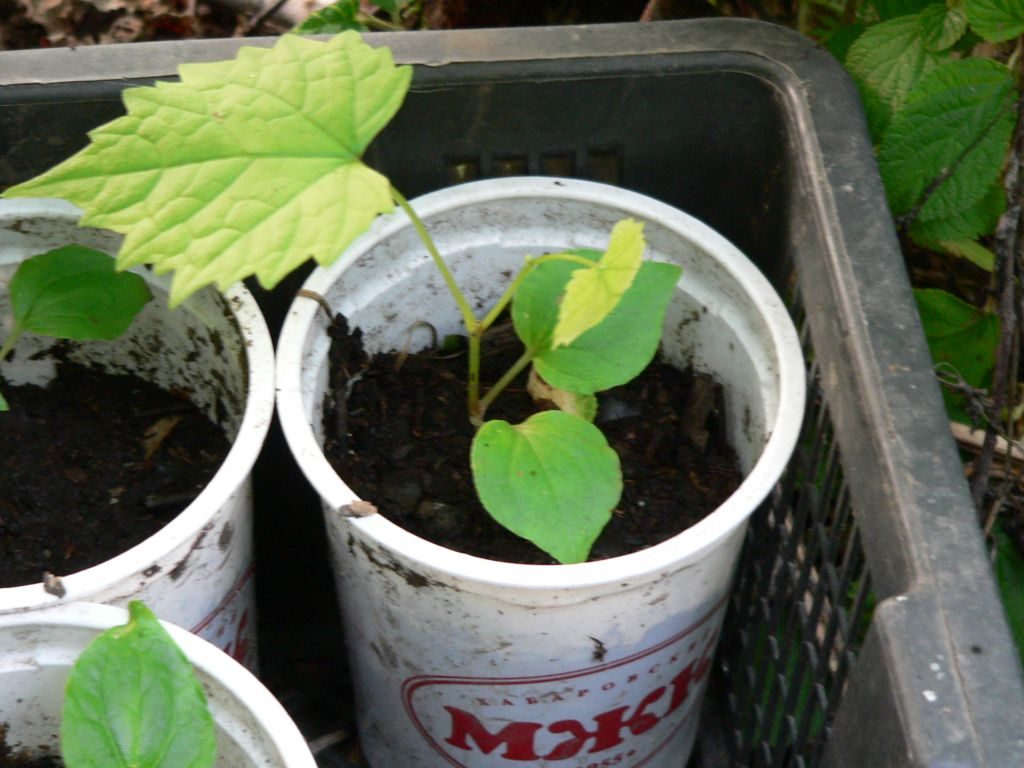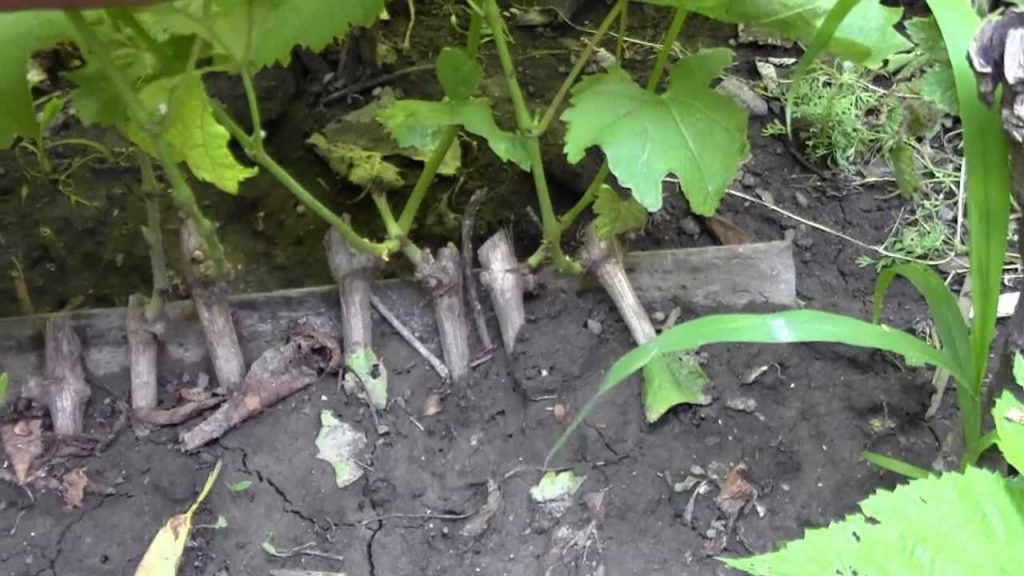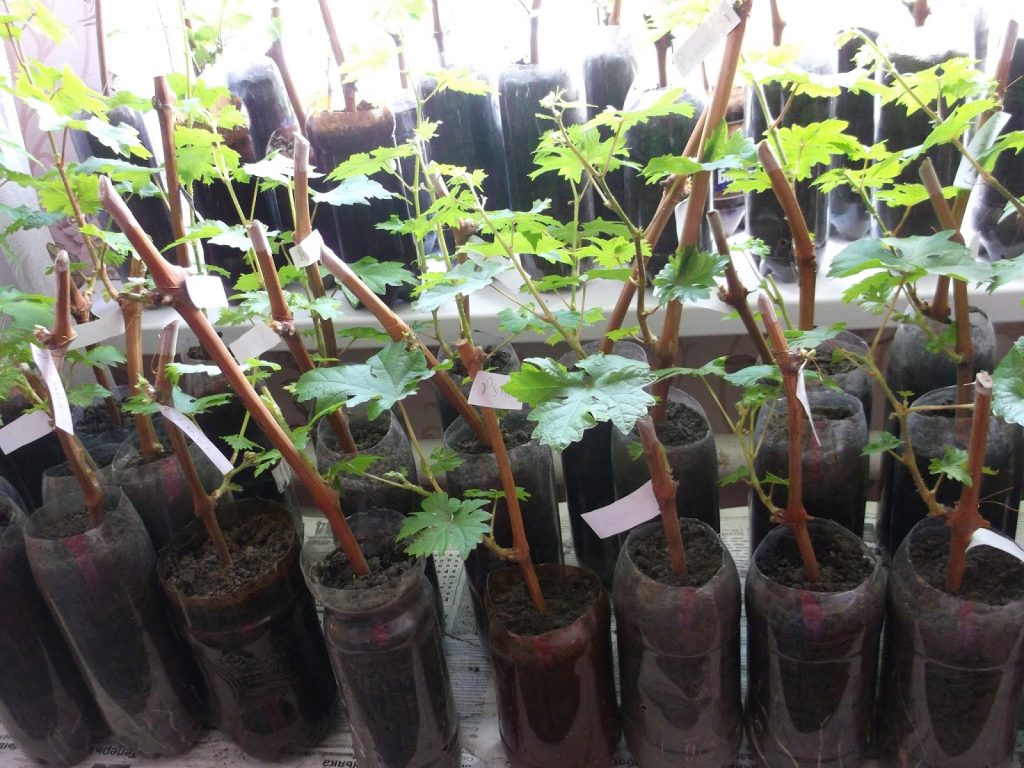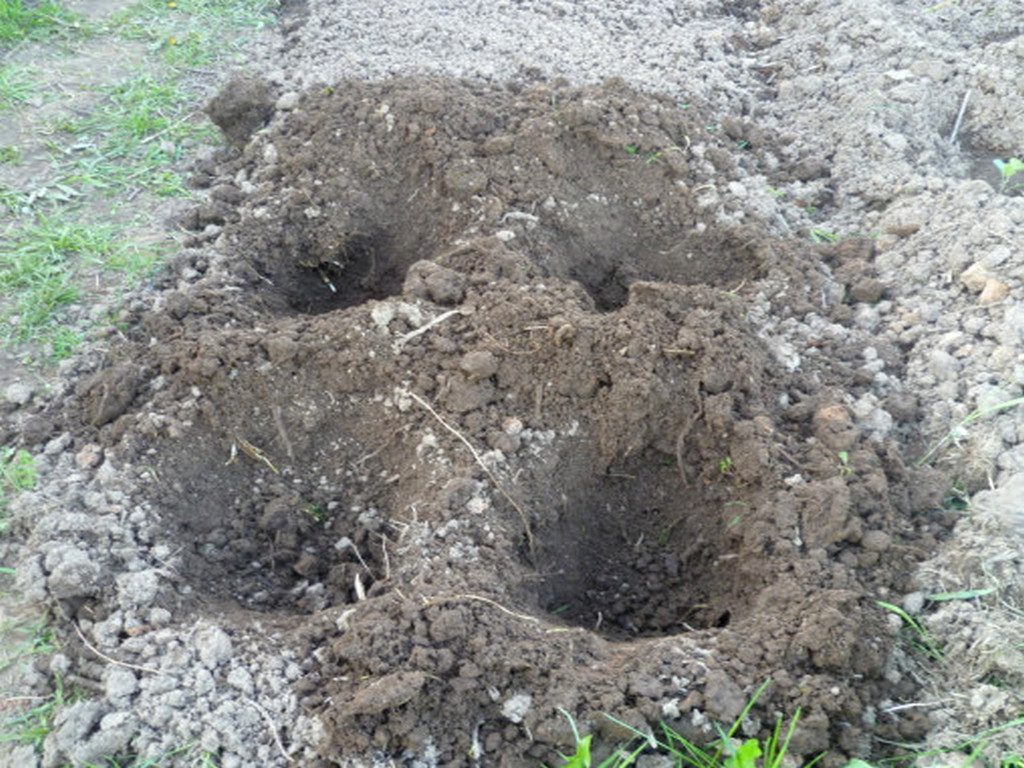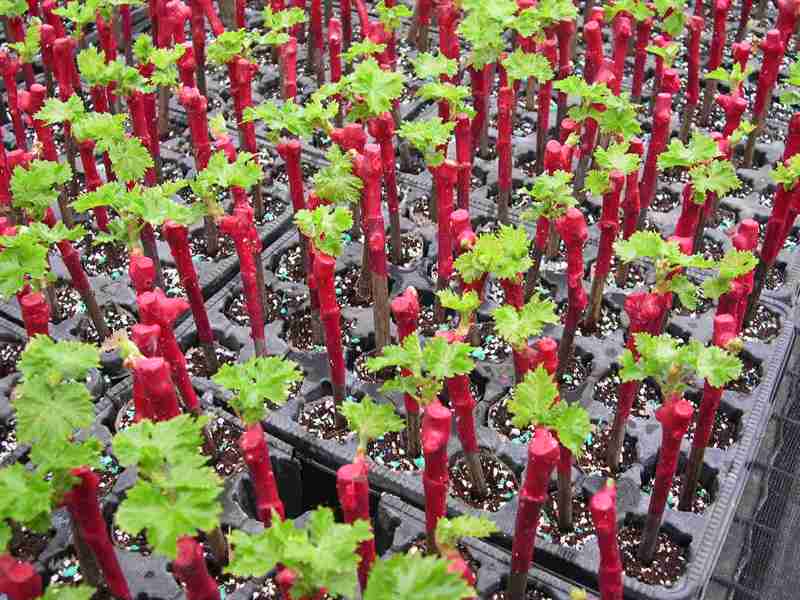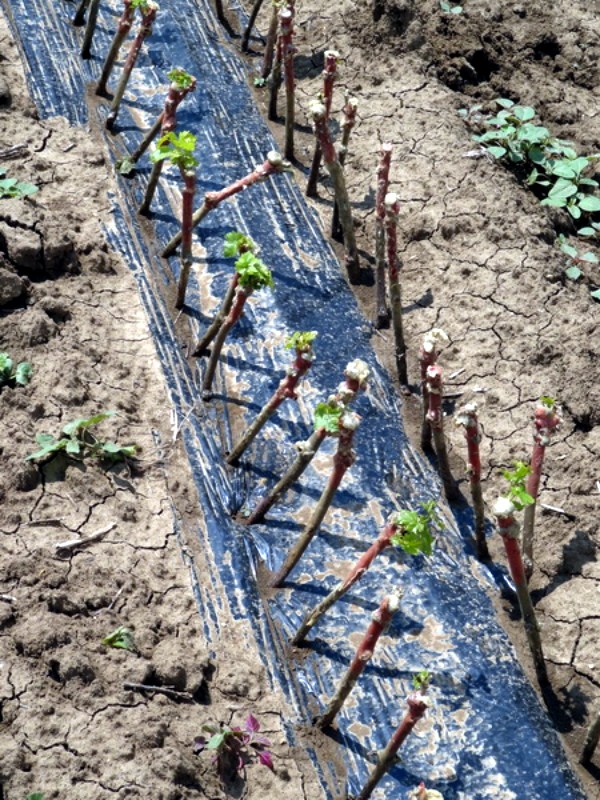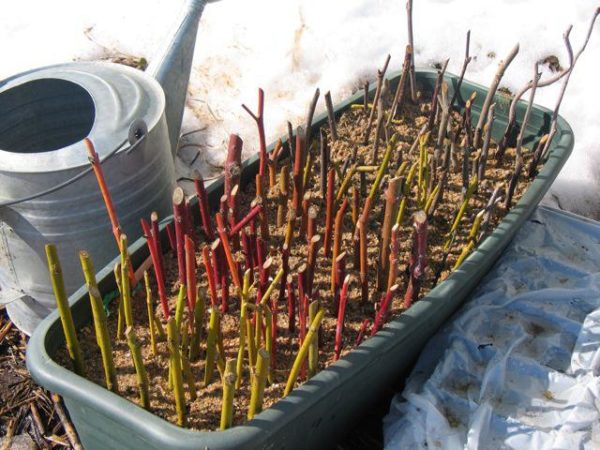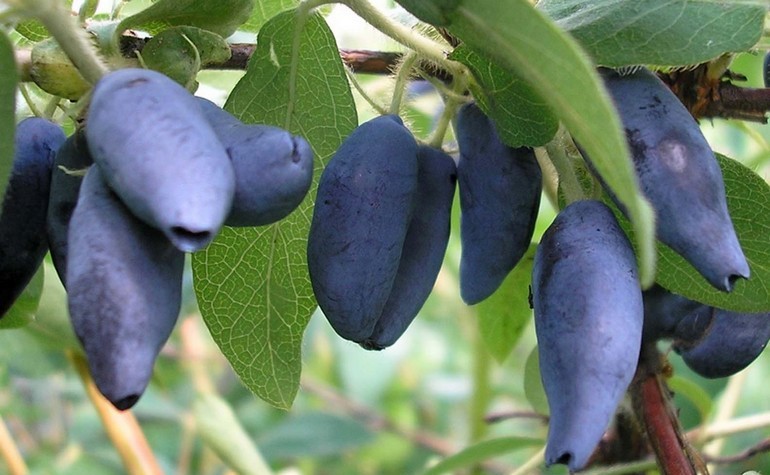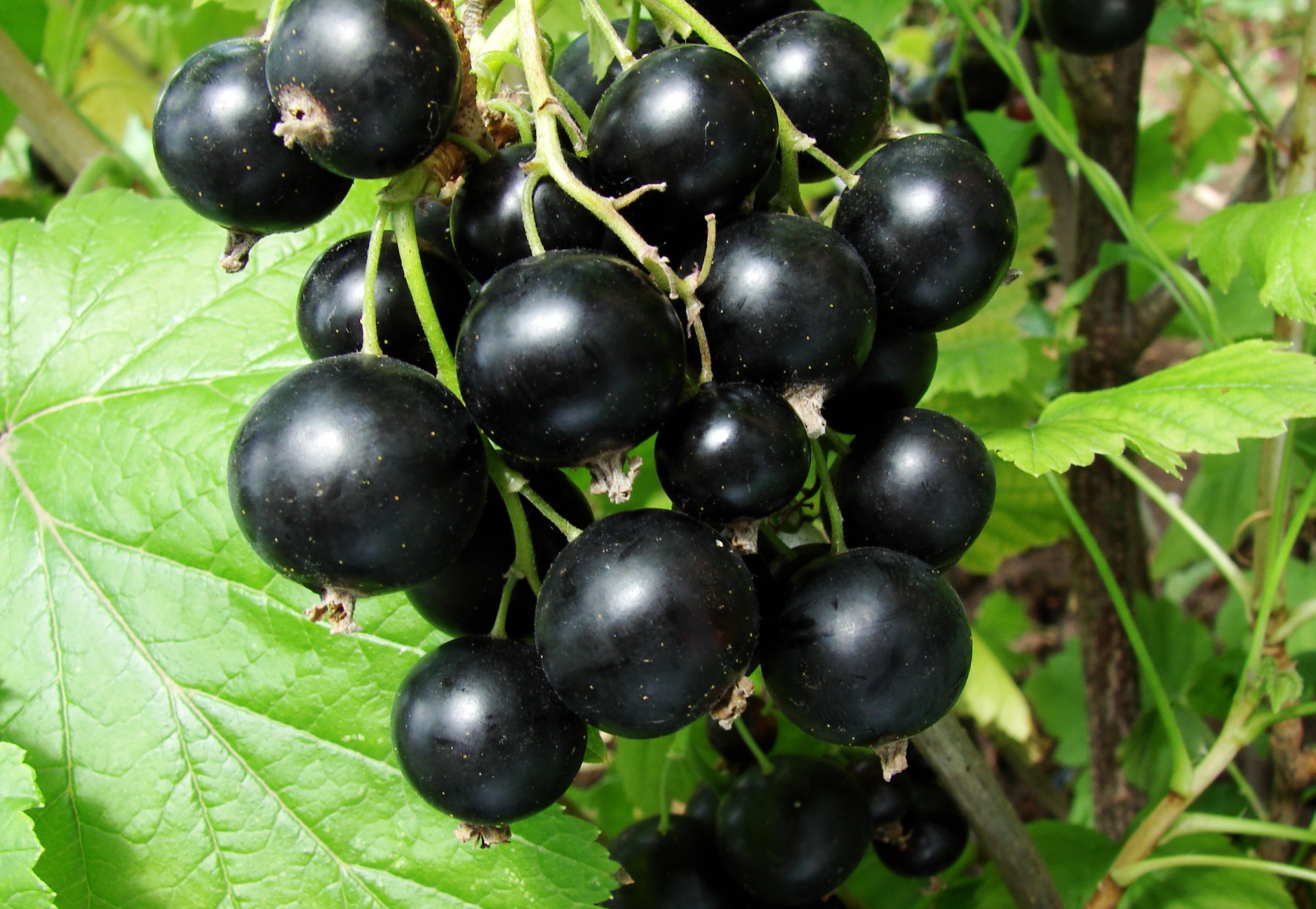Content:
Growing a good vineyard in a garden may seem like a daunting task, but if you approach plant propagation correctly, the process will not cause much trouble, even for novice gardeners. Reproduction of grapes will allow gardeners to independently obtain high-quality planting material of their favorite varieties.
Breeding methods for grapes
Grapes lend themselves well to propagation. There are several ways for beginners to propagate grapes in the spring:
- Seeds (bones);
- Vine (horizontal or deep planting of cuttings);
- Unrooted or elongated cuttings (shanks);
- Vaccination.
Seed propagation of grapes is the most thankless and time-consuming way. With this method, the grown grapes do not inherit the qualities of the mother plant.
The vegetative route is the way seedless grapes propagate. Vine propagation is one of the proven methods of viticulture. The method is used in the southern regions and central Russia; for the northern regions, sprinkling the vine with earth is not suitable, since young roots often die from frost.
When grapes are propagated in spring by layering or by cuttings, grapes grow from one shoot, while retaining all the characteristics of the mother plant. These methods are applicable in the cultivation of grapes on an industrial scale. For the northern regions, the most preferred method is cuttings.
Seed propagation
The method is rarely used by gardeners to propagate grapes at home. Seed propagation is used to develop new varieties or varieties of grapes that are difficult to root. How to propagate grapes by seed:
- Take seeds from well-ripe grapes. For the first time they are left in berries for preservation. A bunch of grapes is wrapped in a gauze bag and kept hanging in a cool place;
- The room must be dry and dark. Before sowing, they are removed and washed from the pulp;
- In early October, they are planted in pots. The soil can be taken from the garden area. It is necessary to deepen the seeds by 0.5 cm.After they must be well watered. The pots are buried on the garden plot in the ground to a depth of 20-30 cm;
- In the spring they are dug up and moved to a greenhouse or greenhouse. Seedlings should appear in 4-5 weeks. Seeds sprout slowly and unevenly.
When 5 true leaves appear, the seedling can be transplanted to a permanent place.
Vine propagation
The procedure of dropping the vine is carried out in order to reproduce and rejuvenate the vineyard. It is possible to quickly replace old bushes with young and healthy ones. The method is called grape layering.
Work with layering can be done in spring, before bud swelling, in autumn and winter. Instructions on how to propagate grapes by layering:
- Dig out small grooves, moving in the direction from the mother plant to the missing bush. The soil should be loose, nutritious;
- The groove should be 50 cm wide, the angle of inclination to the parent plant should be set at 40-45 degrees. The depth should be done, depending on the type of soil and the angle of inclination of the earth's surface. On flat areas, the depth is 40-50 cm, in foothill places - 60 cm, on a steep slope - 80 cm;
- The ditch needs to be fed with organic matter and mineral fertilizers. To do this, take a bucket of humus and mix with 200 g.superphosphate, pour into the groove and dig up so that the fertilizers are mixed with the ground. This will ensure the rapid development of the root system of cuttings and a good harvest on young bushes;
- Choose the strongest, healthiest vine for layering. The grower must lay the vine carefully so as not to damage the branch while digging on steep slopes. In the process of laying, it is necessary to leave at least 3-4 whole viable buds located at the end of the shoot.
In order for the root system to develop rapidly, it is necessary to remove the extra buds on the cut to the point of bending. After the vine is laid in the groove, it is watered (2-4 buckets of water), sprinkled with earth and tamped tightly with your feet. The groove is completely covered with earth, provided that the soil is loose and light. If the soil is loamy, dense, then it is necessary to fill it up to a third of the depth.
Ways to grow grapes from vines:
- Laying dry shoots;
- Air layering;
- Short layering;
- Layering green shoots;
- By the Kataviak method;
- In the Chinese way.
The vine, taken away from the mother bush, remains associated with it for 1-2 years. The grape bush receives all the nutrients through the cuttings from the mother plant. In the second year, food begins to flow through the developed root system. In the second year, for better root development in the spring, the cuttings dug in the ground are cut by half. In autumn, after the vineyard has completely shed the leaves, the layers are completely separated from the mother bush.
Propagation by cuttings
You can get strong and healthy grape seedlings yourself, observing the rules for the preparation of planting material. In autumn, the plant's nutrient content is maximum, so this is a favorable time for harvesting cuttings. They take root faster than cuttings harvested in the spring.
Recommendations for choosing cuttings:
- Choose a strong vine, at least 0.5 cm thick;
- Cut the cuttings 35-40 cm;
- Leave 3-4 healthy buds on each cutting;
- The apical cut should be made 5 cm above the kidney.
Prepared cuttings with buds should be wrapped in a wet cloth. Place the bottom cut in a cool place with high humidity. You can store cut cuttings in the cellar or in the refrigerator in the fruit and vegetable section.
Instructions on how to breed grapes with cuttings:
- In mid-March, you need to get the cuttings, cut them from below under the bud at an angle of 90 degrees;
- Retreat 3 cm from the upper kidney, make a cut at an angle of 45 degrees;
- Remove the lower kidney;
- In order for the roots to develop better on the cutting, it is necessary to cut a little more than half of the cutting lengthwise. You can use a knife, razor, or any pointed object;
- Dip the cuttings in a bucket filled with water for 2 days. The optimum water temperature is 18 degrees;
- Hormonal drugs can be added to the water to help awaken the cuttings (Biostim, Kornevin, Heteroauxin);
- In order for the seedlings to take root better, add a spoonful of honey to the water;
- Take out the cuttings after the specified time and put them in a jar of water. Pour no more than 4 cm of water. You can put up to 10 cuttings in one jar;
- The jar with planting material should be placed in a well-lit place (window sill or table);
- It is necessary to monitor the water level - during evaporation, water is poured to the original level. After 12-14 days, the buds will swell and bloom, green shoots will begin to appear. After 21 days, roots will appear;
- While the seedlings are preparing for transplanting, the containers for the transplant must be prepared.Tetra packs (volume - 1 liter) made from natural juices, milk, cocktails are best suited. It is necessary to cut the box in half, make 4-5 holes at the bottom. Put containers on a tray;
- Lay a drainage layer (expanded clay) at the bottom;
- Prepare a nutritious soil mixture: mix leaf humus, sand and garden soil in proportions 1: 1: 1. Fill up the earth in a container by 5-6 cm;
- Remove the handle from the jar, put it in the middle of the container, sprinkle with earth, do not tamp. 15-20 cm should remain above the ground;
- After planting the cuttings, the moisture in the pots must be maintained. Avoid drying out the soil and stagnant water;
- After the leaves begin to grow vigorously, you need to pinch the shoot, so two branches are formed, after 14 days the procedure is repeated, then again. At the end of May, a small branched bush of grapes should grow. After the seedlings can be planted.
When properly planted in open ground and cared for, the seedlings quickly develop into a healthy fruiting bush. Important conditions for the active growth and development of seedlings:
- Deep wells with good drainage;
- Watering mode.
The depth of the hole for planting a seedling should be at least 80 cm, the diameter of the hole is 60 cm.Place ash on the bottom, about 0.5 kg per hole, lay a drainage layer of 10 cm on top of the ash (broken bricks, pebbles, expanded clay).
For deep irrigation, it is necessary to put slate on the drainage layer, install an asbestos pipe on it. This setting will provide deep moisture to the plant roots.
Mix the excavated earth with humus. If the soil is loamy and heavy, add additional sand. Pour a layer of 30 cm. Place a seedling in the center of the hole, evenly distributing and straightening the roots. Sprinkle the seedling with earth, leave the upper shoots. Water the seedling well.
Lay a layer of mulch (sawdust, straw) around the hole. Do not cover the planted seedlings with mulch.
Maiden grapes are easily propagated by cuttings, while you can get a beautiful decorative hedge in the garden.
Reproduction by grafting
There are a lot of grape varieties. Each of them has exceptional taste characteristics. At the summer cottage, it is possible to multiply them if you plant different varieties on the same bush and get family grapes.
When and why vaccinations are needed:
- To obtain new varieties;
- Increasing plant resistance to diseases;
- For the rejuvenation of an old vineyard;
- For the formation of new bushes.
The plant is grafted with an aboveground or underground part. The procedure is performed in winter or during the growing season.
Green vaccinations are performed using several technologies:
- End-to-end;
- Simple copulation;
- Splitting;
- Butt with a vine.
For the procedure, you will need a special tool (garden splitter, grafting knife, budding knife) and garters (twine, polyethylene tapes, grafting tapes).
Vaccination is carried out in the spring, at a time when the buds are just beginning to swell. If the vaccination is carried out in the summer or autumn season, then there should be no bright sun. For a detailed study of how to vaccinate, you can watch a video lesson on the network.
The most effective ways
The most preferred methods for propagating grapes are:
- Vine propagation;
- Cuttings.
When propagating by vines, with proper agricultural technology, almost 100% of young shoots take root. In this case, the plant itself forms roots, feeding the first year from the mother bush.
Benefits:
- The vineyard is rejuvenated;
- You can grow grapes at home;
- Even a beginner can handle the method;
- Getting new seedlings;
- The ability to form decorative bushes;
- The process retains its maternal characteristics;
- Layers quickly take root and yield a crop in the first year.
When propagated by cuttings, the gardener will receive a large amount of high-quality planting material that can be planted in a new place where it is planned to form a vineyard. But before planting the seedlings, the cuttings must be prepared and germinated.
Pros of propagation by cuttings:
- The ability to get the required number of seedlings for free;
- Seedlings can be transported, mailed, sold;
- They are easily processed from diseases and possible pests (aphids, mole);
- The process of plant growth and rooting can be controlled;
- A large number of seedlings occupy a small area;
- There is no influence of weather factors - it does not matter whether it is winter or summer;
- Getting your own healthy bushes with high yields.
Recommendations for gardeners
Tips for beginner gardeners to consider when self-propagating grapes:
- When working with cuttings, you need to check them. They must be healthy and fresh. You can check by making a small cross-section with garden shears. If drops appear on the cut, then this indicates that the planting material is suitable for seating;
- The cut on the handle should be green. If the color is different, or there are spots, blotches, then the cuttings can be thrown away, they are not suitable for reproduction;
- To activate the growth of roots, you must use growth stimulants;
- The soil in which young seedlings are planted should be nutritious and light.
Reproduction of grapes at home will require knowledge and a conscientious approach to business. Following the tips and advice, choosing the method you like, you can achieve good results and grow a large vineyard in your garden.
